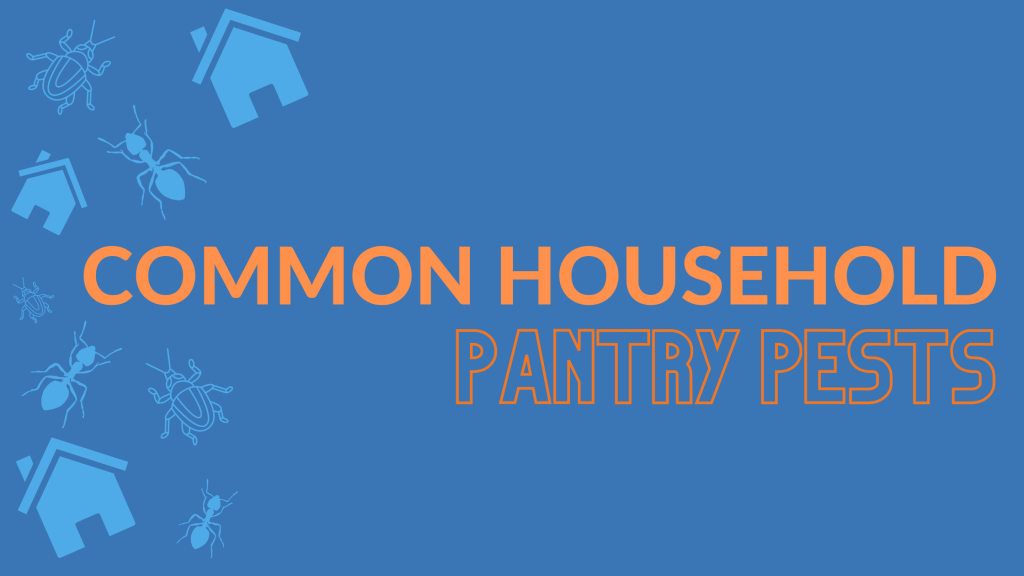Common Pantry Pests

You go into your kitchen to grab a box of cereal from the pantry, start to pour, and are shocked when you find more than just your favorite breakfast in your bowl. Pantry pests are a gross, annoying nuisance pest that can infest whatever they can get into in your pantry, most commonly including grains, cereal, dried fruits, and pet food. Of course, one of the most effective ways to combat pantry pests is to ensure all of the food kept in your pantry is tightly sealed. But even if you store your essentials in airtight containers and not their original packaging, sometimes there’s still a chance for pantry pests to find their way into your food during your next grocery trip.
Common Pantry Pests
Indian Meal Moths
Indian meal moths are identifiable by their two-tone wings. The top half of their wings are typically a light grey or cream color while the bottom is a copper tone with dark grey or black accents. These pantry pests usually enter your pantry through improperly sealed packages of flour, pasta, and other pantry staples that are brought in directly from the grocery store.
What makes Indian meal moths so difficult to remove is the fact that they breed quickly in massive numbers. Within its short lifespan (which is usually less than a week), a single female Indian meal moth can lay more than 300 eggs on or near your food.
Weevils
One of the most common pantry pests (that you’ve probably come into contact with at some point in your life) is the weevil. Small but mighty, these tiny pests can quickly infest your pantry if left alone. These little, dark-colored bugs are usually drawn to rice, oats, barley, and corn products left open or unsealed in your pantry. While they’re not harmful to humans or pets, it’s best to dump out any product that you see they’ve come into contact with.
Ants
Ants are common pantry pests you’ll see in the summer months. Ants can easily crawl into your home from the outside through
Cigarette Beetles
While notorious for feeding on tobacco products, don’t let the name of these pantry pests fool you. Cigarette beetles also enjoy feasting on cereals, nuts, spices (especially paprika and chili powder), dried herbs, and pet food. These tiny beetles are only ⅛” long so they can easily slip into tight spaces, making them able to slip into containers that don’t have airtight seals.
They’re a light brown color and easily identifiable by their humpback shape. They often find their way into your home through open windows, gaps around doorways or windows, and foundation cracks, although they can often hitch a ride into your home (and pantry) directly through infested grocery products.
How to prevent a pantry pest infestation
- Store dry pantry goods in tight-fitting, sealed containers. These types of containers can easily be found at most brick-and-mortar and online retail stores. It’s best to avoid storing food in the cardboard and plastic containers they typically come in. Many pantry pests can easily chew their way through paper, thin plastic, and cardboard to access food or are simply small enough that they can slip through containers that don’t have airtight seals.
- Clean your pantry regularly. Wipe down shelving to remove bits of food that may have fallen out of or clung to the sides of containers to remove a potential food source for pantry pests. Inspect packaging and foods that aren’t kept in airtight containers for signs of infestation.
- When bringing in new groceries, don’t combine new and old products unless you’re 100% sure both products are pest-free. Clean old containers before refilling them to prevent any existing pests from contaminating your new food.
If you’re having problems with pantry pests or you have any questions about how to best combat them, contact go2-pros pest control. Our team of expertly trained pest control technicians can help keep your kitchen and pantry protected.
